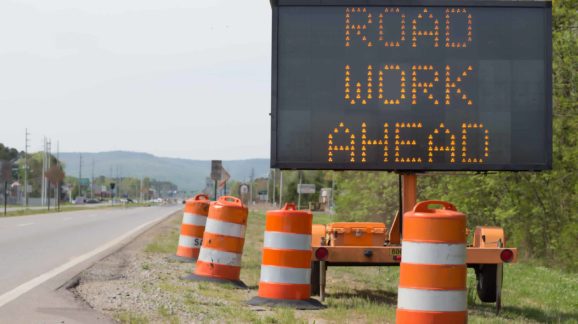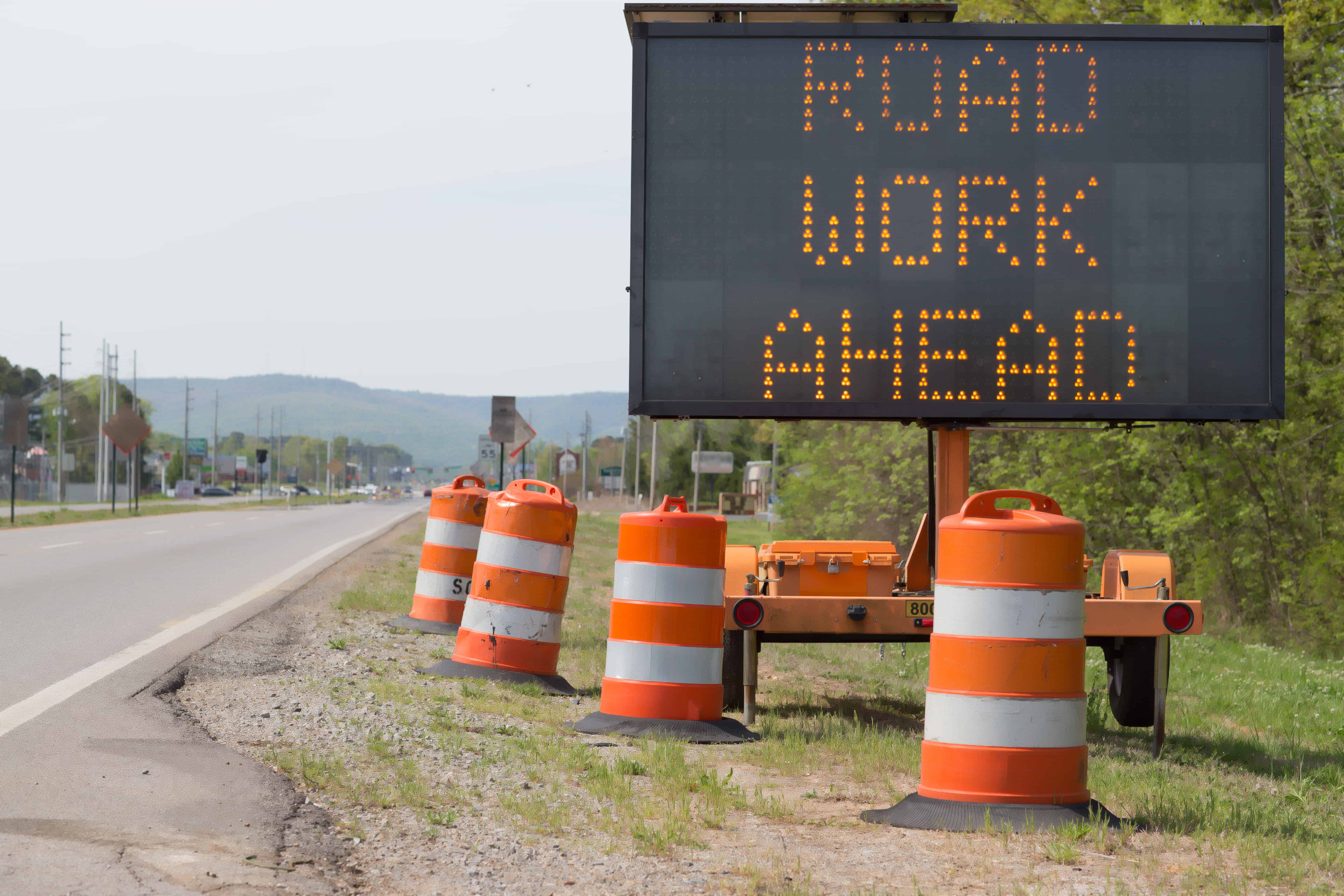Transportation Infrastructure Stimulus Is No Cure for Coronavirus Economic Slump

 As we enter a new era of slapdash bailouts driven by a dangerous mix of panic, ignorance, and opportunism, we face a growing list of bad policy ideas. One particularly bad idea is attempting to address immediate cash flow and near-term solvency issues through costly and slow transportation infrastructure spending.
As we enter a new era of slapdash bailouts driven by a dangerous mix of panic, ignorance, and opportunism, we face a growing list of bad policy ideas. One particularly bad idea is attempting to address immediate cash flow and near-term solvency issues through costly and slow transportation infrastructure spending.
The current multiyear surface transportation authorization expires at the end of September 2020. This has led some to propose attaching the Senate Environment and Public Works Committee’s highway bill to emergency coronavirus legislation. Such an approach is misguided for a few reasons:
First, government infrastructure spending is a poor stimulus even in normal times and is especially ill-suited for this crisis. There are few “shovel-ready” projects, as we discovered with the American Recovery and Reinvestment Act of 2009. And unless harmful regulations such as Buy America are waived or repealed, many billions of dollars will quickly go up in smoke as pure waste.
Second, we don’t yet have any idea how demand for infrastructure will be altered in the coming months, let alone over the long run. Since the U.S. largely fails to price road use, we generally determine physical highway capacity investments based on projected peak-hour commuting traffic patterns on unpriced lanes. Since commuting is approximately 17 percent of total travel, if telecommuting remains high and stable, highway investments that are supposed to be with us for 50 years should be adjusted down. The silver lining is this change in travel activity could result in a significant long-term savings.
Third, telecommuting had already overtaken mass transit by share of commuters a few years ago. While lawmakers have not released a surface transportation transit title to date, work is underway in the Senate Banking and House Transportation and Infrastructure Committees. Given that transit means crowded spaces, commuters who cannot telecommute may continue shifting away from transit to mitigate real or perceived health risks. As such, long-term capital investments in transit networks intended to provide 30 or more years of peak-hour service capacity may also need to be adjusted significantly downward in the face of permanently reduced demand for transit.
None of this is to say that long-term transportation infrastructure investment isn’t important. It is. Unfortunately, even before coronavirus at least temporarily altered our lives, government transportation infrastructure investment was very inefficient. In an emergency when thoughtfulness is an afterthought, it will likely get much worse.
Congress should instead work on a short-term extension of the current authorization. In due time, we will have a better idea on any long-term impacts of the current pandemic and can more appropriately tailor long-term infrastructure investment to that reality.